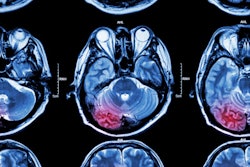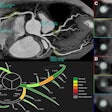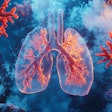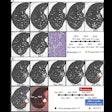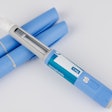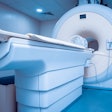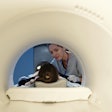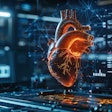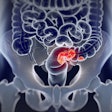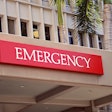Dear CT Insider,
CT is being increasingly used to assess body composition for a variety of purposes, from predicting aneurysm treatment outcome to evaluating links between muscle fat and mortality risk. In this edition's Insider Exclusive, we're highlighting a study published in Clinical and Molecular Hepatology by a team of researchers from Seoul that explores how CT body composition data shows links between alcoholic fatty liver disease and visceral fat, sarcopenia, and myosteatosis in people who are not obese overall. Check out our coverage -- what the group found may surprise you.
But wait, there's more on the body composition side of things in this Insider! Check out what a Scottish team has to say about how CT imaging can help predict aneurysm treatment outcomes, what a cadre from Belgium has discovered about the role myosteatosis can play in a patient's health, and what a U.K. group says about using CT to assess cancer-associated cachexia.
These days, no CT Insider would be complete without some coverage of photon-counting CT (PCCT) research. In this edition, we're highlighting a study that explores how PCCT can produce diagnostic images of pulmonary embolism at almost half the typical contrast dose.
When you've read that article, take a look at our story on how using AI with CT imaging shows promise for screening for enlarged spleen, which can suggest the presence of underlying disease. Then navigate over to our video interview with Kristin Maki, PhD, of Wayne State University School of Medicine in Detroit, who discussed why uptake of lung cancer screening continues to lag and how the problem can be addressed. Plus, check out why a team of Chinese researchers says that CT radiomics features and clinical information can improve outcome predictions in patients with acute ischemic stroke.
Finally, don't miss our article on whether primary care providers are ordering musculoskeletal imaging appropriately -- and how radiologists can facilitate a better ordering process.
What's not to love about CT? It continues to be a go-to modality that supports clinicians' efforts to provide patients with the best care possible. Stay abreast of its many benefits by visiting our CT Community regularly, and if you have CT-related topics you'd like us to consider, please contact me.






